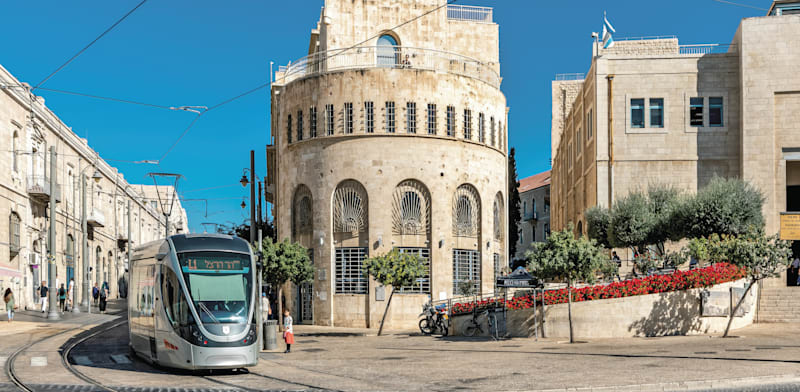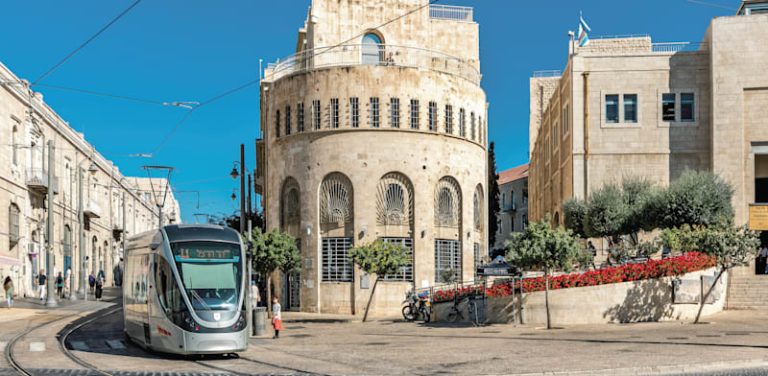
What will Jerusalem look like in 2050? According to plans presented at a special hearing of the Jerusalem District Planning and Building Department, a subway would operate in the city, 220,000 new housing units would be built and the metropolitan area’s population would double to 5 million.
The committee’s hearing aimed to present and discuss two interrelated issues: first, the Jerusalem Metro construction plans; second, the development plans needed for the city to adapt to the new era of transportation, with the population expected to almost double by 2050 within the same city limits.
“Plans approved within 15 years”
As « Globes » reported in July, a tender to conduct an economic and technical feasibility study for the construction of the Jerusalem metro was launched, with the project costing several tens of billions of shekels. Work will begin between 2040 and 2050. At the commission hearing, one of the leaders of the planning team, architect Ari Cohen, presented his own forecast, which seems more optimistic: « By 15 years, plans will be approved,” he says. “This is a system that will come into existence in the 2040s and will be used in Jerusalem from the mid-2040s.”
During the hearing, four potential options for the subway were presented. The most expensive option, costing NIS 70 billion, includes three lines. But currently, the preference of decision-makers is to build a less expensive option with only two lines in the first phase, and consider adding a third line later. The general director of the Jerusalem District Planning and Construction Committee, Rafi Elimelech, supported the option of two lines that meet at one point and include 29 stations over 28 kilometers. According to the estimates presented, this option would cost a little over 50 billion shekels.
Elimelech noted that the construction of the Jerusalem metro will use the know-how and experience gained in planning the Tel Aviv metro. He said: « The failures we saw in the planning process in the central district will not be repeated here. We can do planning in Jerusalem more quickly than in the center. »
The strategic plan will be revised
As part of preparations for the integration of the Jerusalem Metro, the city’s development plans were also presented based on the assumption that the city will continue to grow while creating more transportation solutions. Jerusalem’s strategic plan, which has not been revised since 2014, will be updated. The city’s population is estimated to increase by around 800,000 by 2050, reaching around 1.8 million.
This growth will see Jerusalem become much more densely populated. Currently, 7,662 people live in the city per square kilometer and, according to growth projections for the coming years, this density will almost double to 14,220 people per square kilometer. It is estimated that the city will need to add 220,000 housing units – the vast majority through urban renewal: 130,000 units for the general Jewish population, 50,000 units for the Arab population and 40,000 units for the ultra-Jewish population. orthodox. The Jerusalem metropolitan area, which includes Beit Shemesh, Ma’ale Adumim, Givat Ze’ev and more, is also estimated to nearly double by 2050: today, about 2.7 million people live in the metropolitan area, and by 2050 the population is expected to be 4.8 million.
Published by Globes, Israel Business News – fr.globes.co.il – November 4, 2024.
© Copyright of Globes Publisher Itonut (1983) Ltd., 2024.



